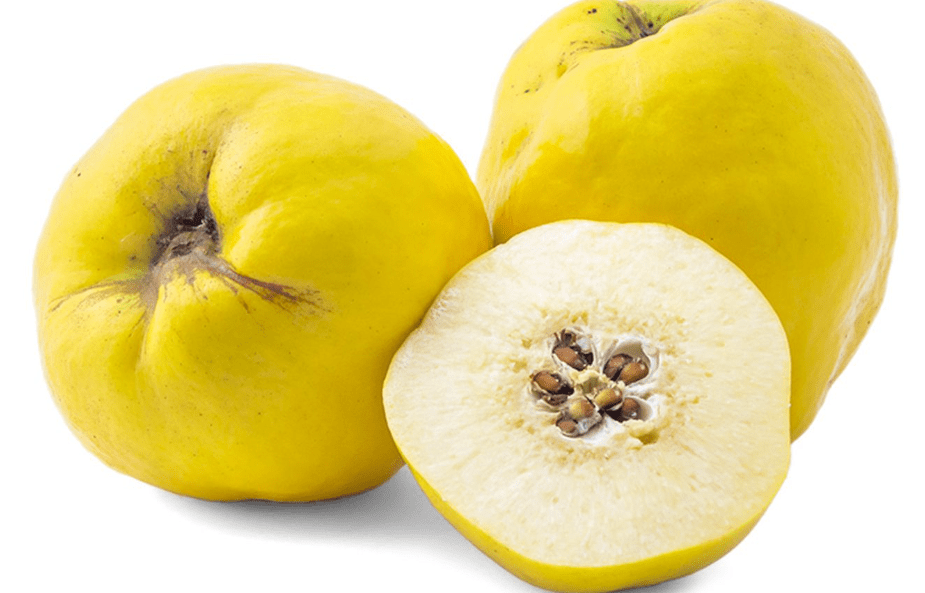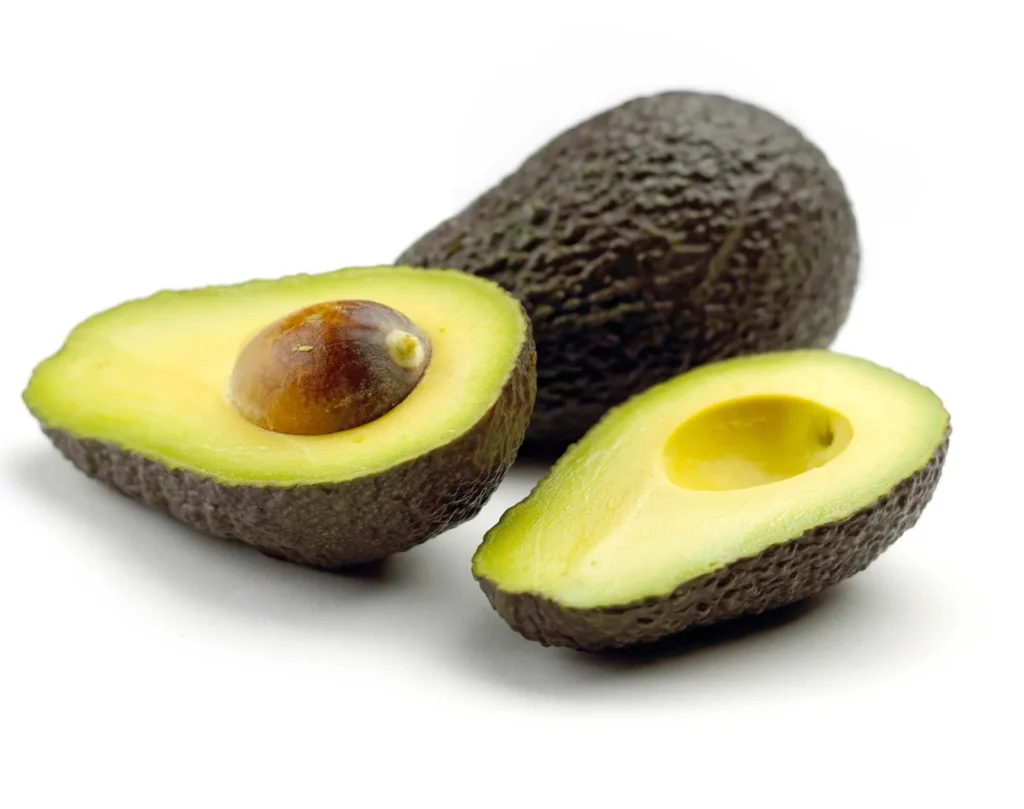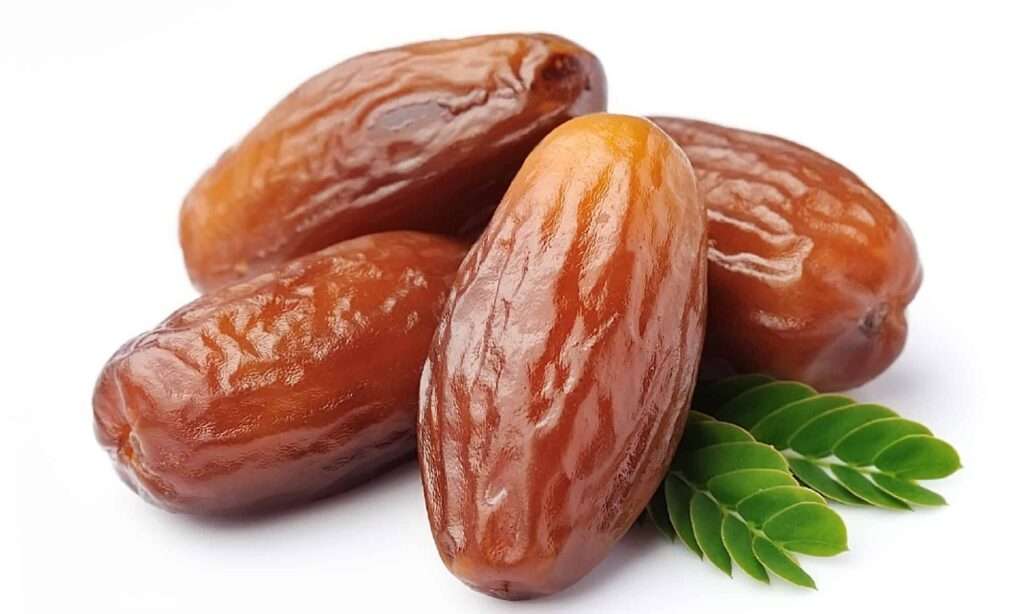
Description
The quince has a bright green colour and a form that frequently resembles a large plum. It turns bright yellow with a few brown flecks when it is ripe and ready to eat. Along with its look, its enticing fruity perfume will undoubtedly catch your attention.
Varieties
The quince tree has many different varieties includes
‘Jumbo’ provides fruit with white flesh.
Fruit bearing the variety “Orange” have more rounder, orange-yellow flesh.
‘Pineapple’ fruits feature white flesh and a flavor and scent resembling pineapple.
‘Smyrna’ has yellow fruit and pink blooms.
Rich’s Dwarf is a tiny tree with enormous fruit that reaches heights of 8 to 12 feet.
Fruit from “Champion” has a lemon-like flavor.
‘Cooke’s Jumbo’ produces huge fruit and white-pink blossoms in the spring.

Uses
Quinces are prized for their potent flavor, acidity, and scent. However, the majority of quince cultivars are too sour and hard to eat uncooked. They can be roasted or boiled and used to make pudding, jam, marmalade or jellies.
Nutrition
3.2 ounces of quinces provide the following nutrients:
52 calories
0 g of fat
0.3 g of protein
14 g of carbs
1.75 g of fiber
Contains copper, iron, potassium, magnesium, thiamine, vitamin B6, and vitamin C.
Cultivation
Although they may grow in a variety of soil types, quinces do best in deep, nutritious soil that retains moisture. While they loathe waterlogging in the winter, they appreciate moderate moisture in the summer. Add a lot of organic matter before planting in light or shallow chalky soils, and then mulch the area well afterward to assist the soil retain moisture.
Table





